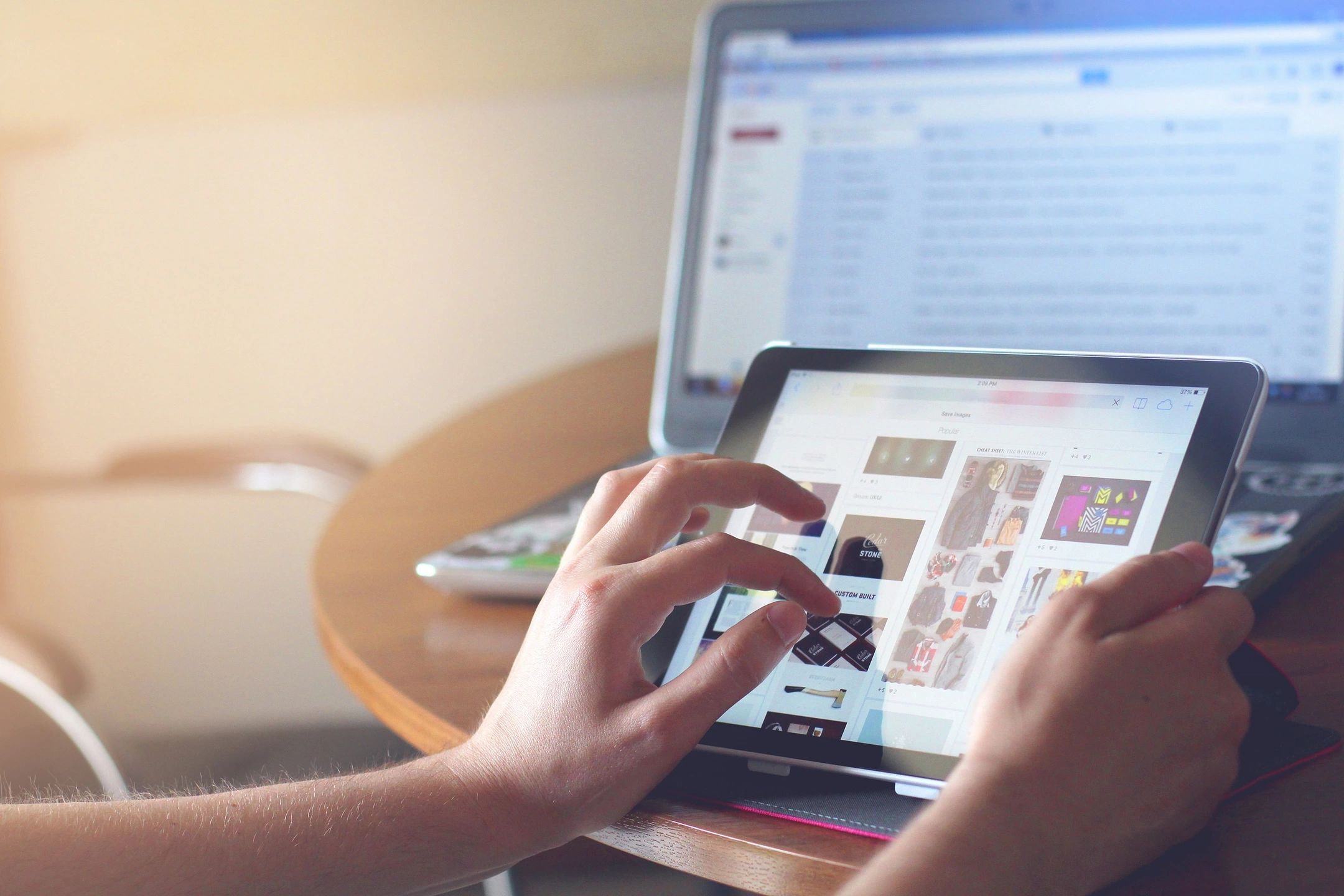In today’s hyper-connected world, we are constantly bombarded by digital screens—whether it’s smartphones, computers, or televisions. While technology has undeniably improved many aspects of our lives, excessive screen time can have serious consequences for our physical and mental health. From disrupted sleep patterns to strained relationships, the effects are far-reaching. It’s time to hit the reset button and detox your digital life. This step-by-step guide will show you how to reduce screen time, improve your well-being, and reconnect with the world around you.
Understanding the Impact of Excessive Screen Time
It’s easy to dismiss the signs of excessive screen use, but the physical, mental, and social repercussions are impossible to ignore. Spending long hours in front of a screen can lead to physical issues like eye strain, headaches, and even long-term vision problems. The blue light emitted by screens can disrupt the production of melatonin, the hormone responsible for regulating sleep, leading to poor sleep quality and insomnia.
On the mental and emotional side, the constant barrage of information and notifications can increase stress and anxiety. Studies have shown that too much screen time—especially on social media—can lead to feelings of inadequacy and loneliness. In fact, it may create a false sense of connection, further isolating individuals from real-world relationships. It’s no wonder that digital burnout is becoming more prevalent as we spend more time in front of our devices.
Step 1: Assess Your Current Screen Time
Before you can begin to reduce your screen time, you need to understand how much time you’re actually spending on your devices. Start by tracking your screen time over the course of a few days or a week. Many smartphones and apps have built-in features that allow you to monitor your screen time usage and identify where you are spending most of your time. You may be surprised to see just how much time you spend scrolling through social media or checking emails.
Once you have a clear picture of your screen habits, identify areas where you can cut back. Are you using your phone excessively during work hours? Is your TV constantly on in the background? Understanding your digital habits will give you the insights you need to make informed decisions about reducing screen time.
Step 2: Set Realistic Goals for Reducing Screen Time
Setting goals is an essential part of any detox process, and digital detoxing is no exception. Start by establishing realistic limits for how much time you want to spend on your devices each day. Aim for gradual reduction rather than drastic changes. For instance, if you typically spend five hours on your phone each day, try reducing it to four and a half hours for the first week, then gradually decrease it further as you adjust.
Consider setting specific goals for different devices and apps. Limit the amount of time you spend on social media, or set a daily time cap for entertainment apps like Netflix or YouTube. Utilize screen time management tools that allow you to set timers or block access to certain apps during specific hours. By setting clear boundaries, you’re more likely to stick to your goals.
Step 3: Curate a Purposeful Digital Environment
The digital world can quickly become overwhelming if it’s not organized. One way to reduce your screen time is by curating your digital environment to be more purposeful. Start by unsubscribing from unnecessary notifications that constantly pull your attention away from what’s important. Turn off non-essential alerts, such as promotional messages or app notifications that don’t add value to your day.
Consider organizing your devices in a way that promotes productivity and well-being. Create folders for work-related apps, entertainment, and social media so you can easily access the tools you need while minimizing distractions. Additionally, download apps that help you manage your screen time and promote healthier digital habits. Apps that track and limit screen time can provide a helpful nudge when you’ve exceeded your set goals.
Step 4: Create Tech-Free Zones and Times
One of the most effective ways to detox from digital devices is by establishing tech-free zones and times. Create spaces in your home that are specifically designated for relaxation or family time, where no screens are allowed. The dining table, for example, should be a sacred space for meaningful conversations rather than scrolling through phones.
Incorporating tech-free times into your daily routine is equally important. Set boundaries for when you’ll disconnect from screens—such as no devices during meals, before bed, or during your morning routine. By establishing these habits, you can reduce your screen time while enjoying more moments of mindfulness and connection with others.
Step 5: Reconnect with Offline Activities
Finally, it’s essential to reconnect with activities that don’t involve screens. Reclaim your time by engaging in hobbies that nourish your creativity and well-being. Whether it’s painting, cooking, or exercising, offline activities provide a healthy alternative to screen use. Moreover, strengthening real-world relationships is crucial. Spending quality time with family and friends in person can help alleviate feelings of loneliness or anxiety associated with digital overuse.
Mindful practices such as reading, journaling, or meditation are also excellent ways to engage your mind without a screen. These activities foster mental clarity and relaxation, providing a much-needed break from the constant noise of digital life.
Summary
Detoxing your digital life is a powerful way to reclaim your time and well-being. By assessing your screen time, setting realistic goals, curating a purposeful digital environment, creating tech-free zones, and reconnecting with offline activities, you can reduce the negative impact of excessive screen use. The long-term benefits of detoxing—from improved mental clarity to stronger relationships—are well worth the effort. Take the first step toward a more balanced digital lifestyle today and experience the profound impact it can have on your life.
Please like, comment, and share this article if you found it helpful and
informative.
Visit https://bigtownbulletin.com if you would like to see more of this content.
Please like, comment, and share this article if you found it helpful and
informative.
For more news check out Big Town Bulletin News
For more from Big Town Bulletin check out Big Town Bulletin


